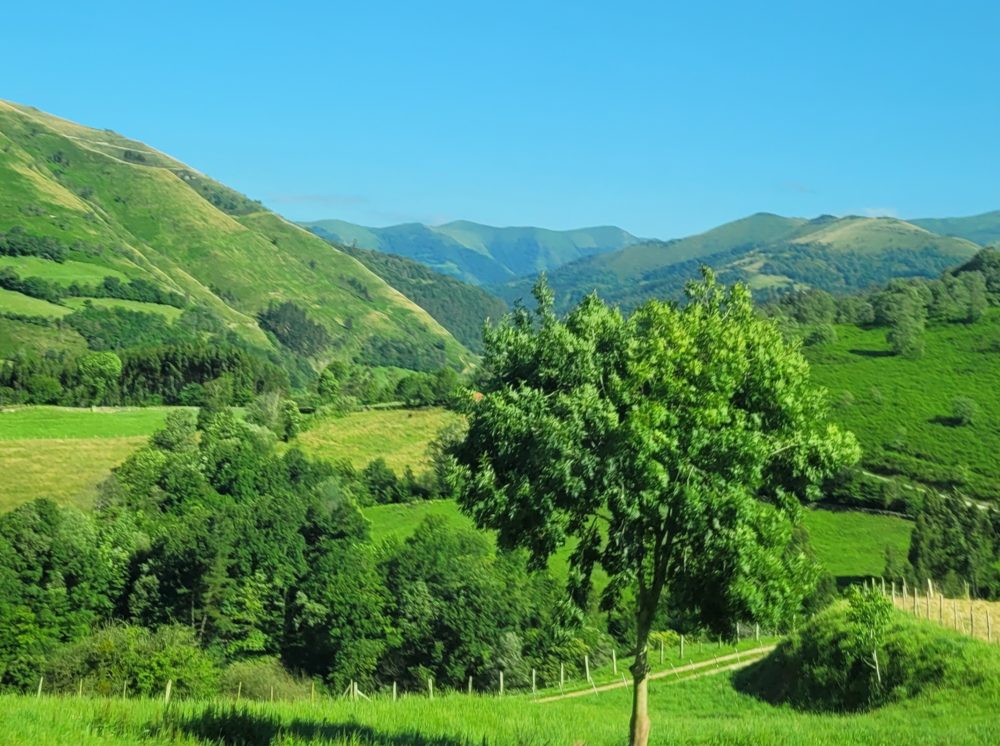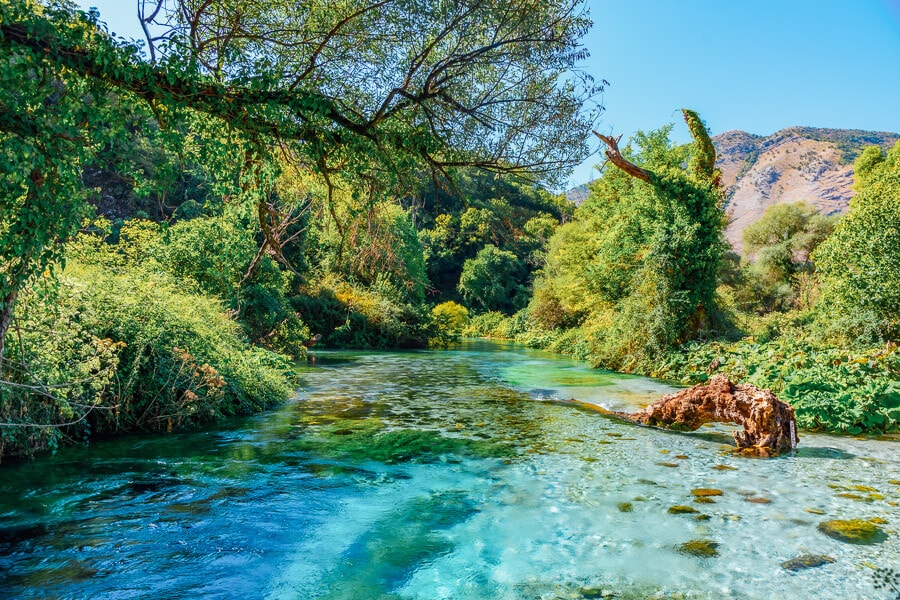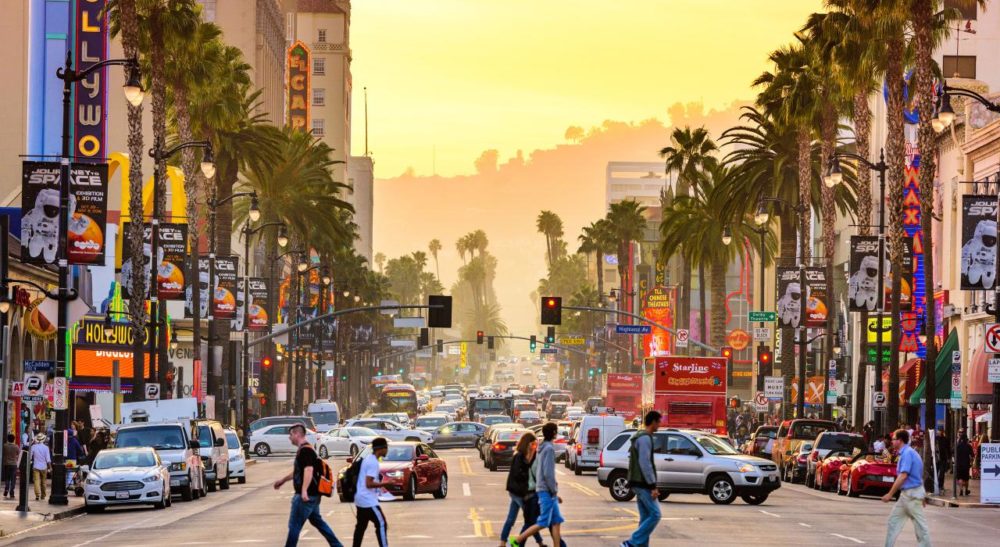The Camino to Santiago de Compostela is a pilgrim route that people have been walking, riding, cycling and sailing on for more than 1,500 years. It is in the Cathedral of Santiago de Compostela that the remains of the apostle, St. James lie and it is known as the Way of St. James or the Camino de Santiago.
Journey the Camino del Norte – Green Spain
There are many reasons why people want to walk the Way of St. James – not all for religious reward. Some people like the solitude of walking with purpose, others walk to find themselves. And so whichever route they take, and there are many, all will lead to the ornate and ostentatious cathedral in Santiago de Compostela.
The are many Camino Ways across Europe, and the Camino del Norte or, the Northern Way, takes pilgrims and travellers across the northernmost part of Spain. The journey passes wide sandy beaches, rises up through huge mountain passes, in and out of small villages, farmland, woodlands and stops in old and stylish cities.
Not for nothing is this area known as Green Spain; it is like a visually enhanced Ireland. The combination of rivers, mountains, hills, streams, bays, beaches and farms will feel familiar, so too will the weather. There is rain, plenty of sunshine and it never gets too hot like the South of Spain. Good walking weather.
Travellers can begin their journey anywhere along any of the Caminos, the only stipulation is that you must walk 100km, cycle or ride 200km or sail as close to the cathedral city as they can get. The ultimate goal is to get to the cathedral and have your sins forgiven, if you believe.
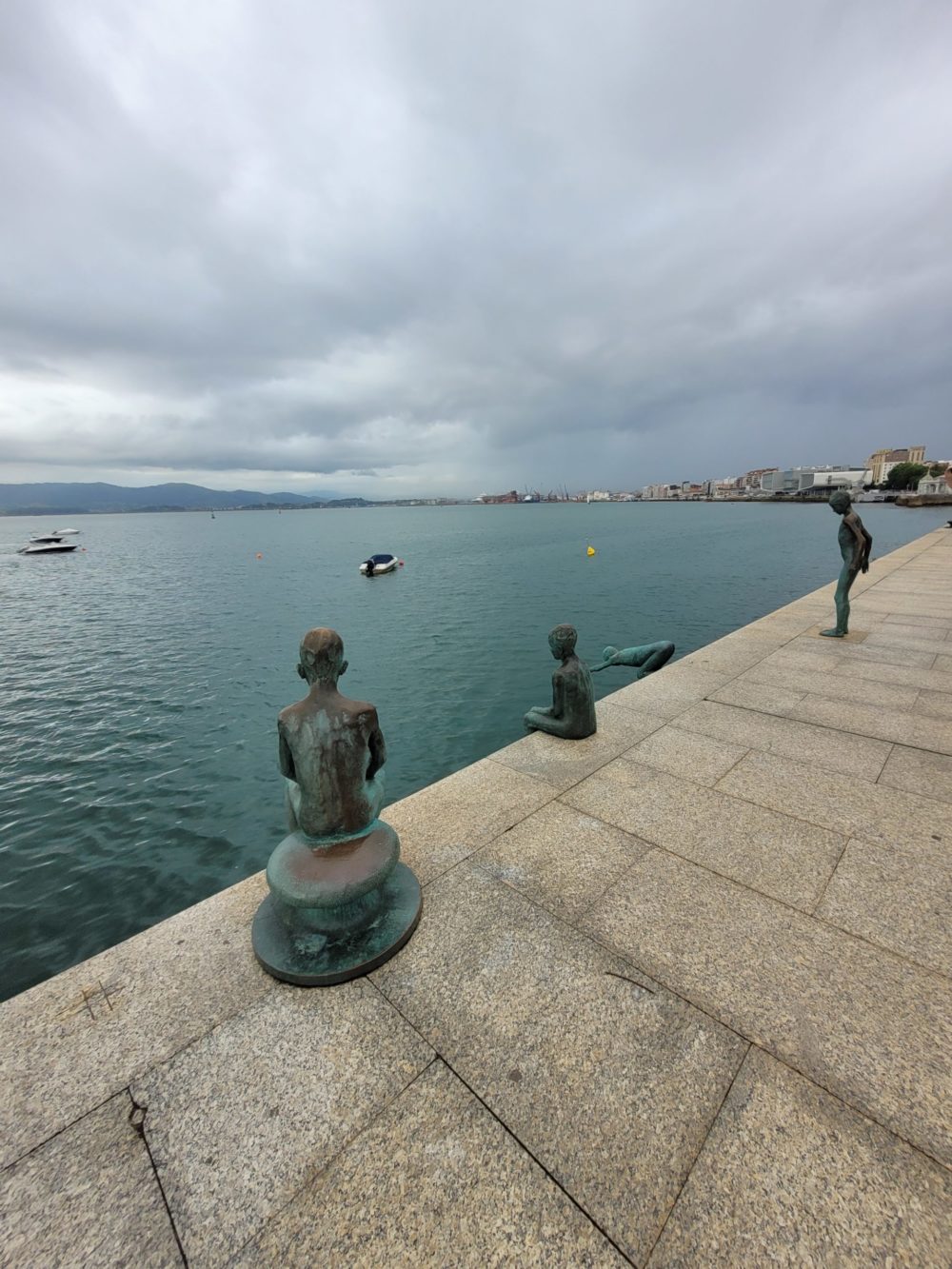
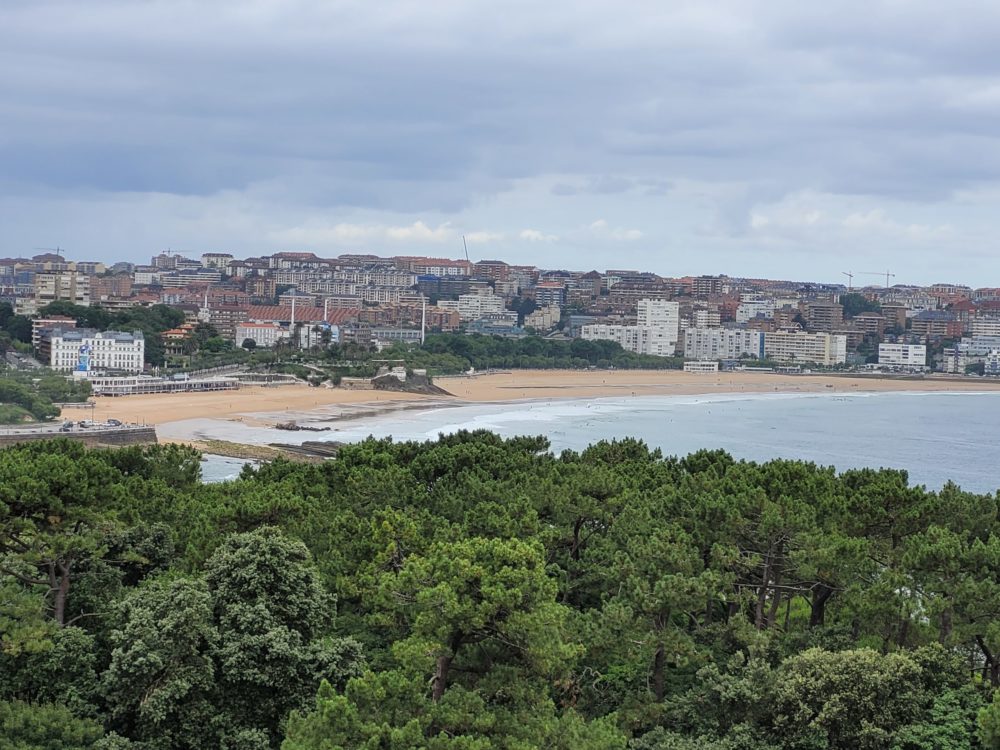
Santander Gateway City to the Camino del Norte
Our Camino journey began in the lovely seaside city of Santander in the province of Cantabria, known in Irish history for its university and teachings. It is a lovely mix of old and new and has one of the most sheltered ports in the north of Spain. The best views of the city are from the Peninsula de la Magdalena. Take a walk along the promenade and admire the bronze sculptures of the young divers, Los Raqueros, or the quirky street art painted buildings.
Gaudi’s First Big Commission
Next along our journey is the pretty town of Comillas, it is more than 1,500 years old with tiny streets and Medieval buildings. In the past it was an elegant spa resort for the Spanish aristocracy and has many fine buildings.
One of the most extraordinary buildings is the Caprice, designed by Gaudi in the early stages of his career, 1883-1885. The owner, Maximo Diaz de Quijano loved botany and exotic ornamentation, which Gaudi used to great effect.
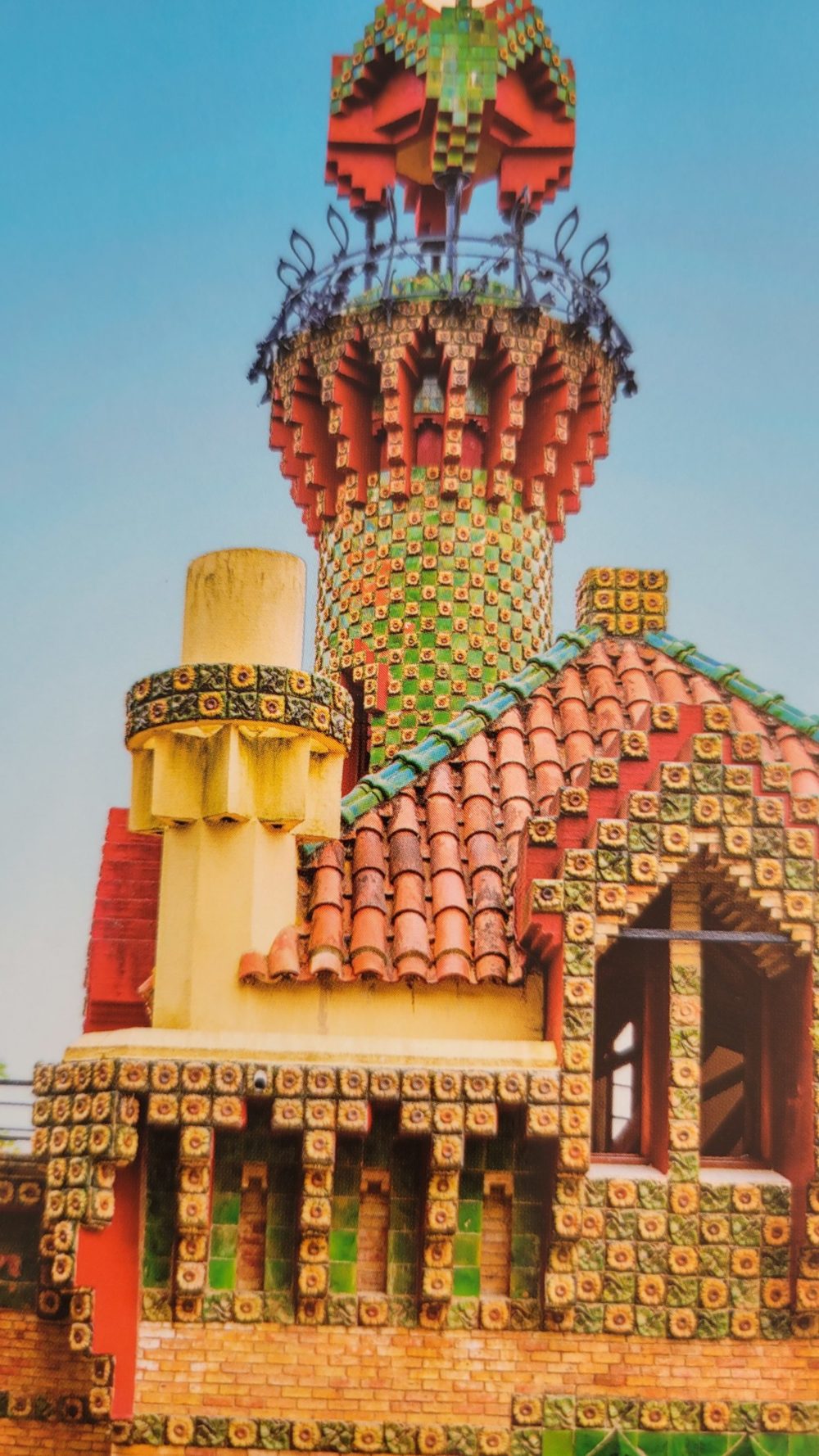
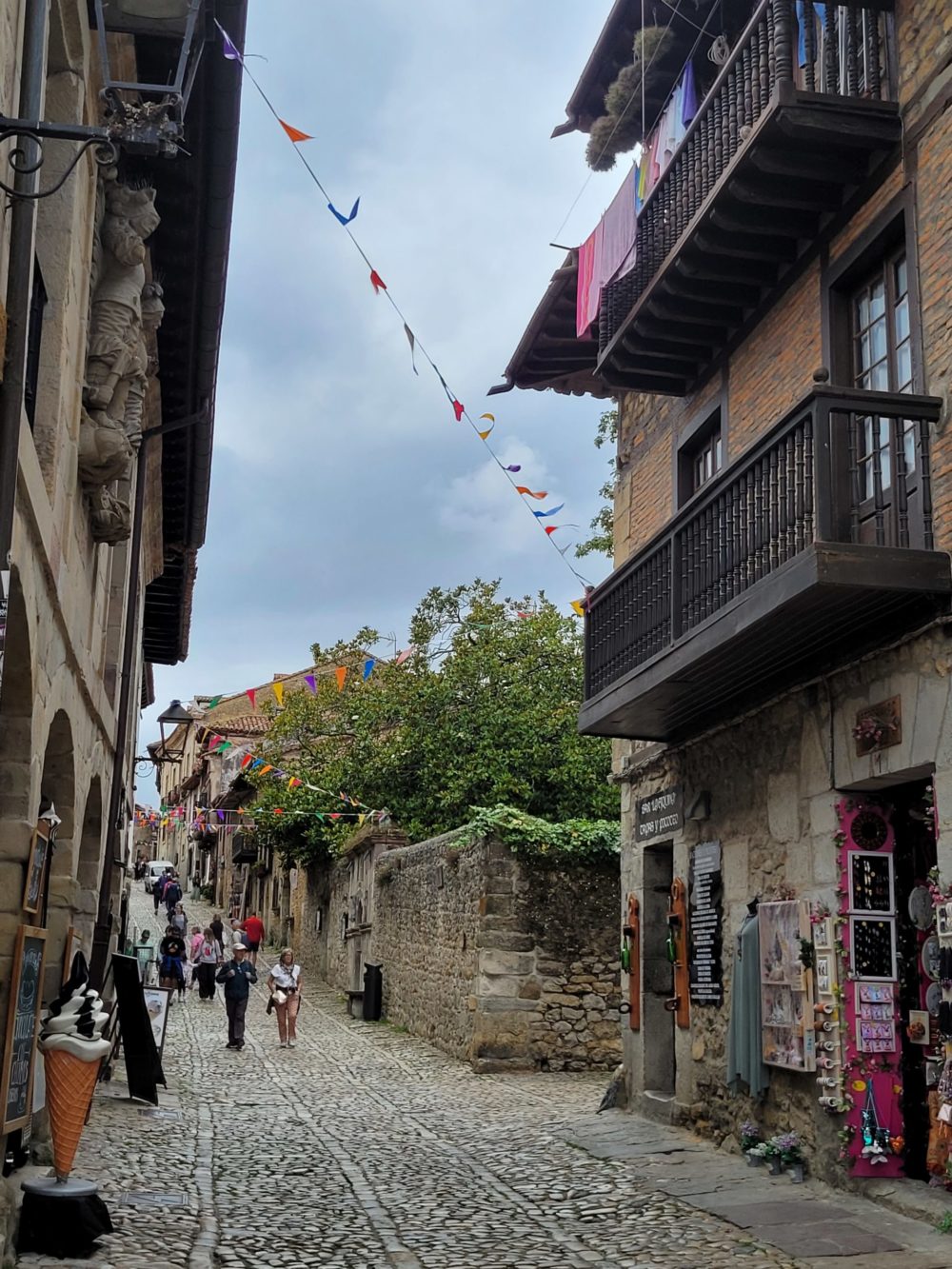
Though not pilgrims in the true sense of the word, we did walk part of the pilgrim route along the River Nansa. It was a perfect during the hottest time of the day to find the shade of the trees. No visit to Cantabria would be complete without going upwards into the Cantabrian Mountains. From the lookout point at Santa Catalina at 2,680m the views of the Picos de Europe are stunning.
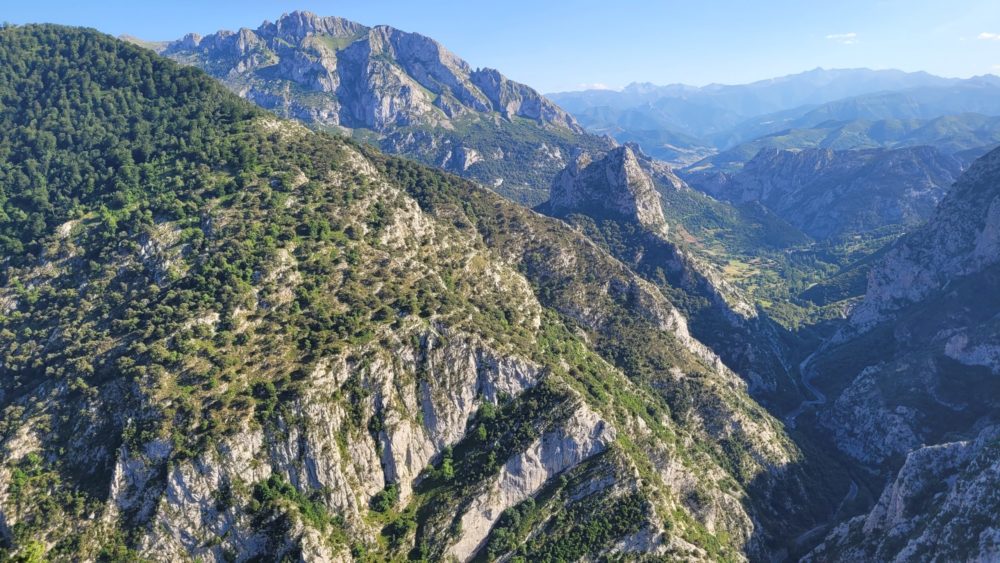
Asturias on the Camino
The province of Asturias is known as the orchard of Spain, and there are many, many apple trees. Needless to say, the favourite drink here is cider, which is served from very long-necked bottles from a height to give it a fizz. We stayed in the lovely port town of Llanes, which was very friendly; we had no trouble making friends – it must have been the cider. Dinner at the Sideria el Puerto was a great experience with lots of seafood and cider.
Prettiest Village in Spain
One of the interesting things to hear as we visited a number of small towns, like Ribadeselles and Lastres along the coast was about Los Indios. This is what the Spanish call the immigrants that returned from South America with their wealth. In their home towns they built beautiful mansions, each with a lone palm tree to signify their background. Los Indios also endowed schools, hospitals, and businesses to help those left behind.
Along the coast we stopped to see the town voted the prettiest in Spain, Cudillero – and it is gorgeous. A small port town with colourful houses grasping on to a cliff face.
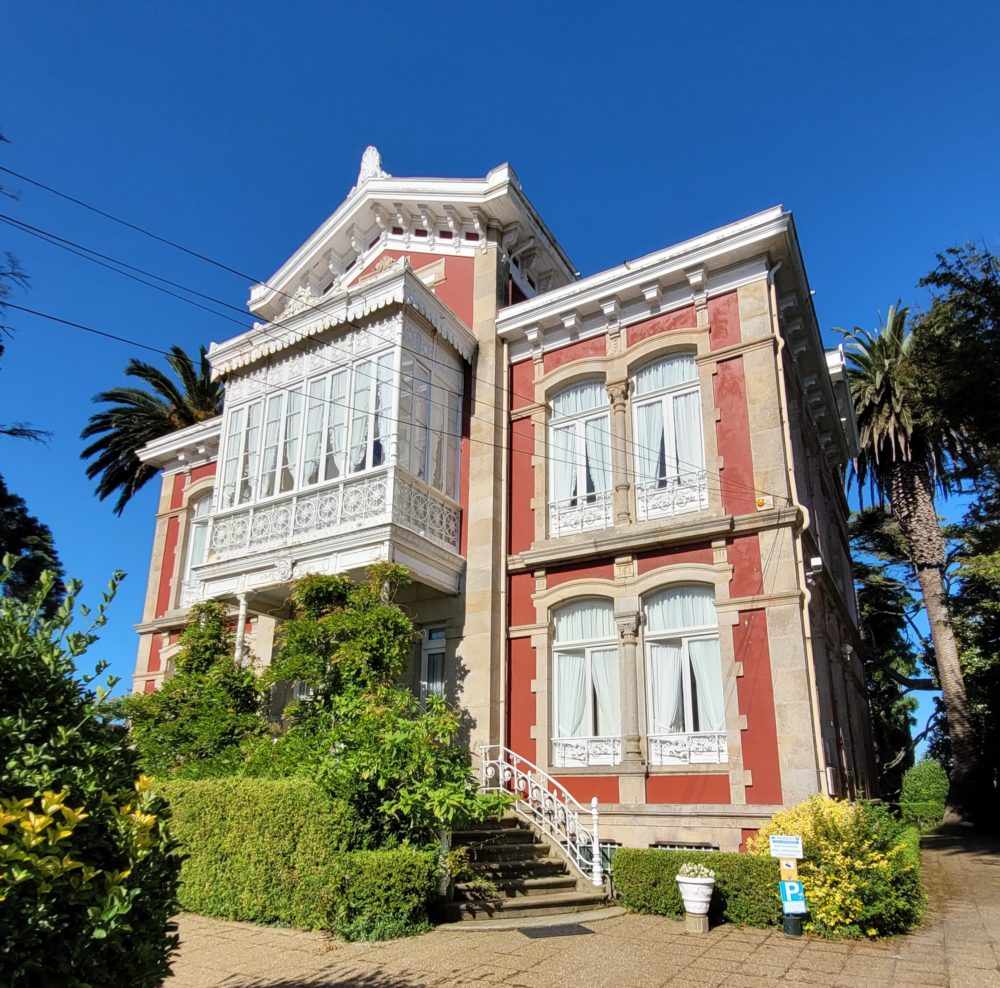
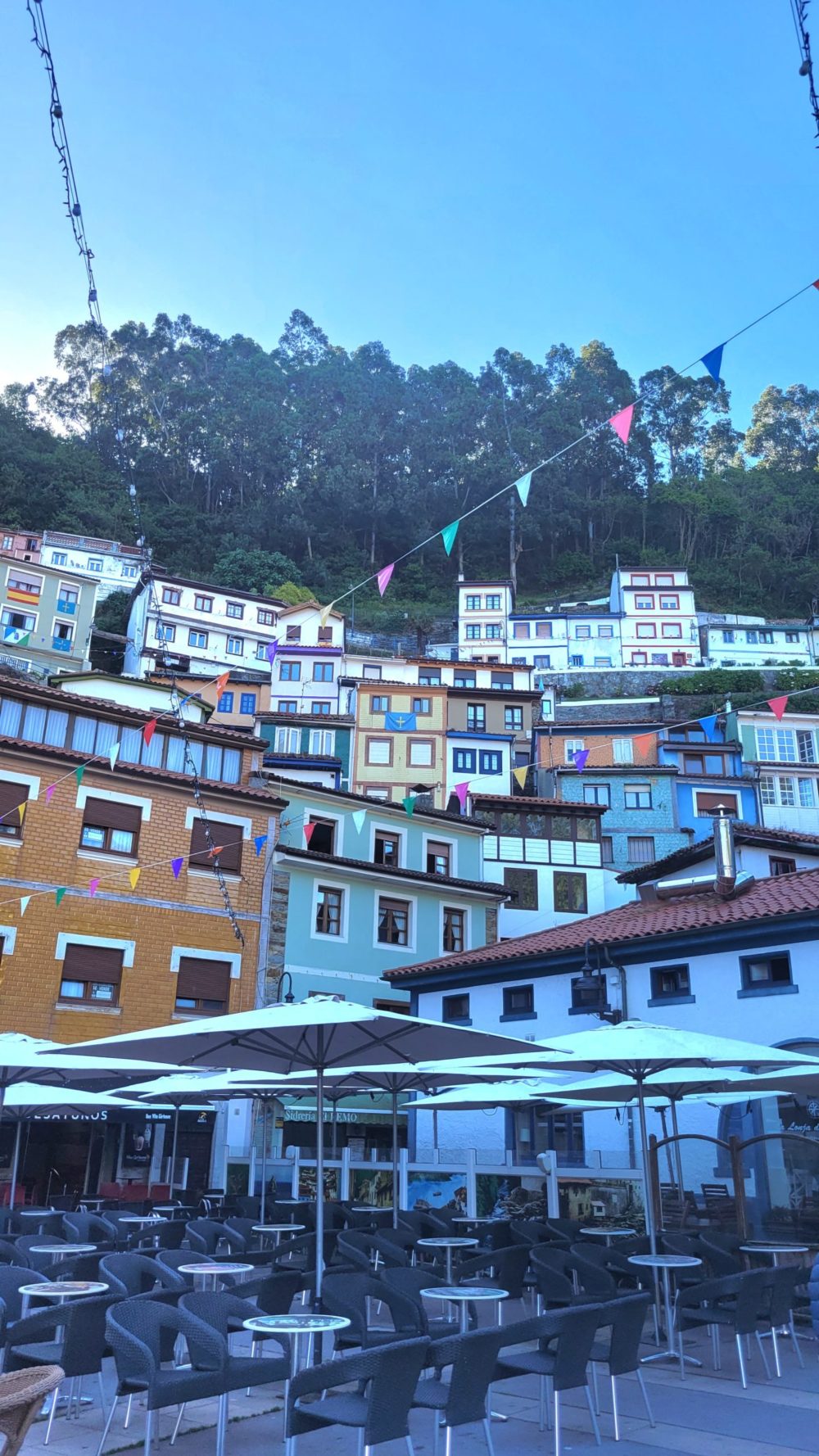
Surprised by Oviedo
Oviedo the capital of Asturias was a big surprise, such a stylish city, and what great shopping, all the top designers are here, and also two big Corte Ingles stores. All around the city are beautiful pieces of sculpture, 165 at last count, and a lovely park in the centre. Most of the city centre is pedestrianised and the old town has many Siderias and delicious food markets. We stayed in the ultra chic five-star Barcelo Cervantes Hotel and it was only €100 per night. There are plans for a flights to Asturias next year with Ryanair from Dublin.
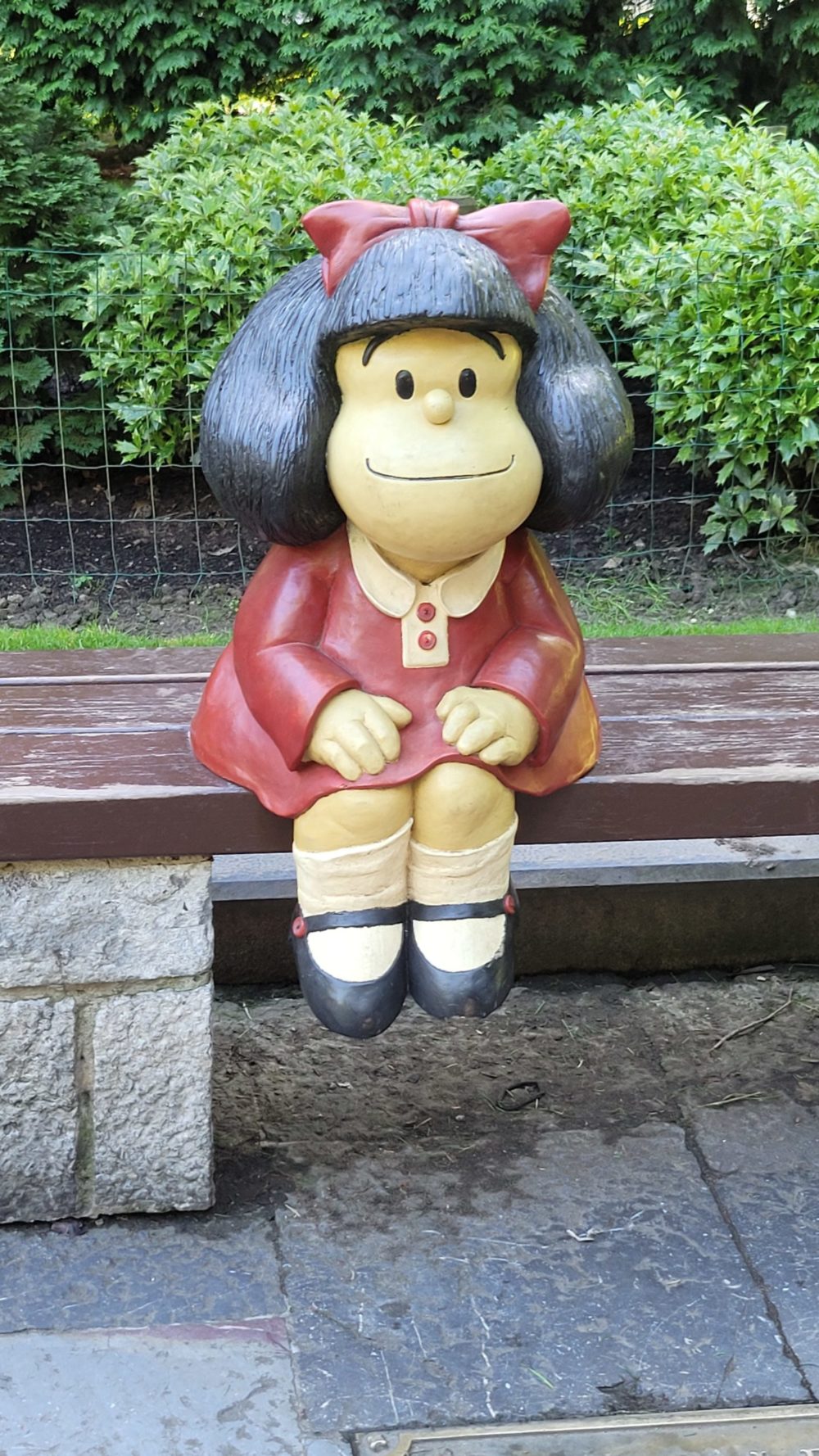

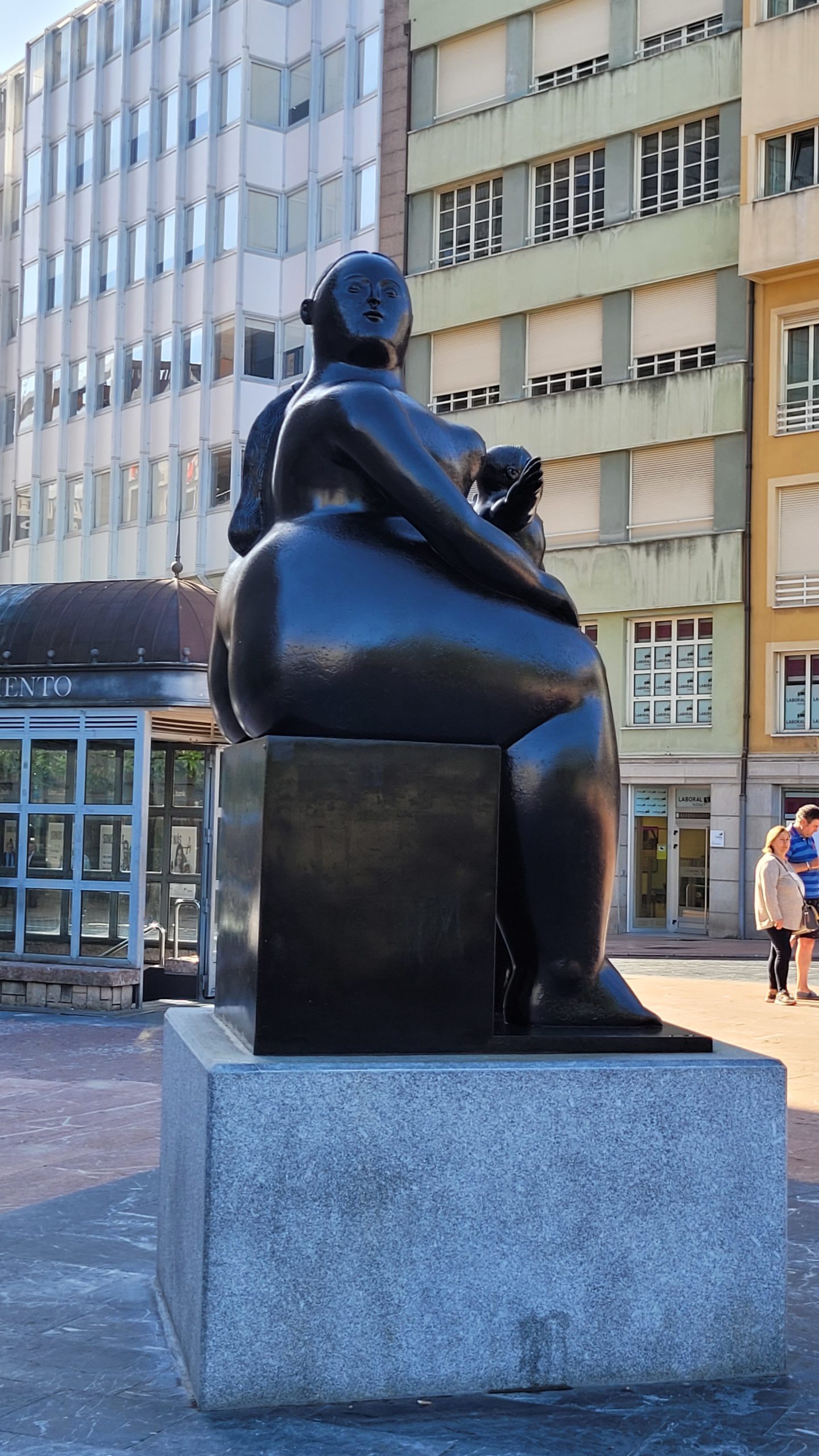
An Amazing Beach on the Camino del Norte
Our introduction to the province of Galicia could not have been better. We began with a walk on the famous Playa de Los Cathedrales- massive arches formed by the sea, with lots of shallow rock pools for the swimmers.
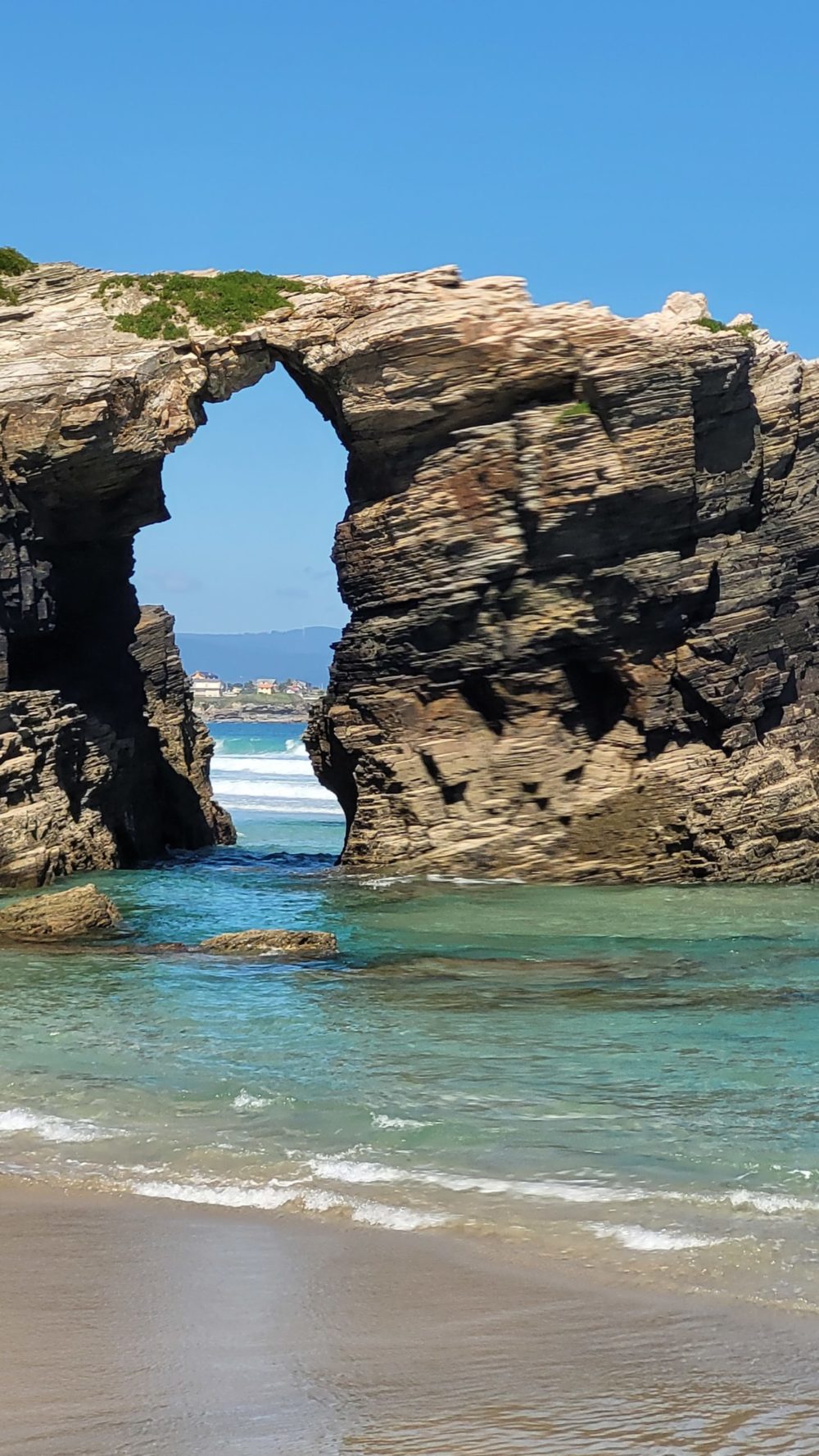
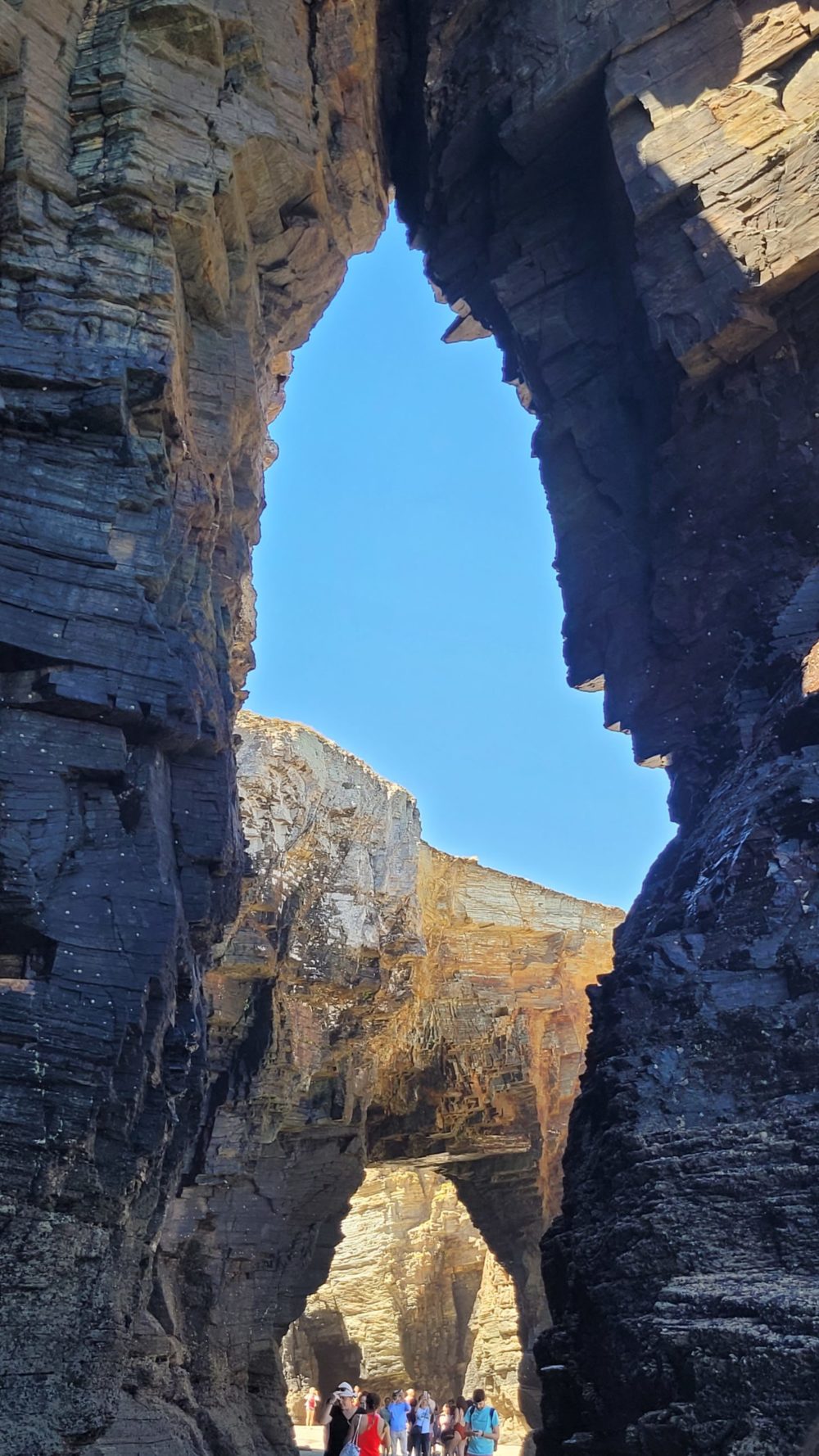
Lunch was in the beautiful Restaurant San Miguel overlooking the port of Ribadeo, if you are ever in this area, don’t miss it. Beautiful food, classy service and fantastic views.
Each day of our weeklong journey brought us closer to the fabled Santiago de Compostela, and it did not disappoint. This city is buzzing with cheerful people, some are happily exhausted having walked hundreds of kilometres, others are just elated. All around is a festive atmosphere, students break out instruments and sessions begin on the famous square in front of the cathedral.
A Rooftop Tour of the Cathedral
Groups of people wearing similar colours stick together as they joyfully reach their final destination. Having to wait for mass in the cathedral is no hardship, everyone is just happy to have finally made it.
As for us, we did get Mass in the stunning cathedral, dripping with tons of gold and silver. It was an experience. We also had a rooftop tour, which was not as scary as it sounds. From the rooftop we watched an Episcopate of Bishops concelebrate Mass in the Square.
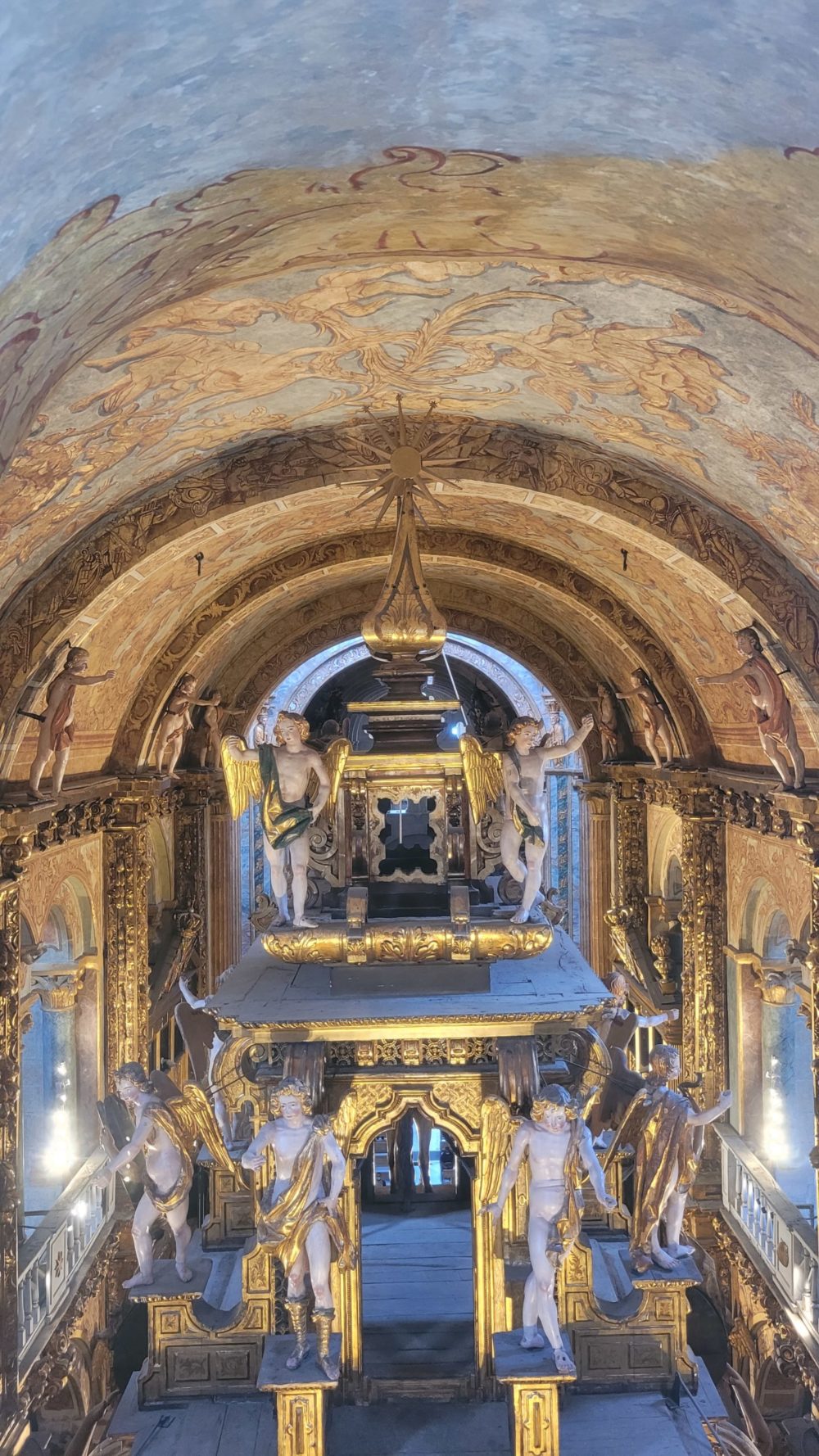
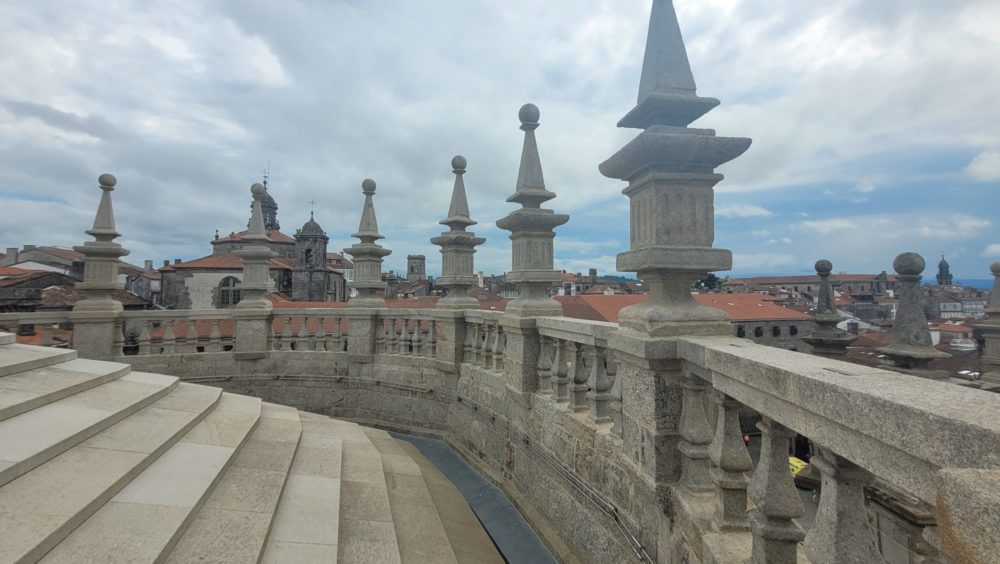
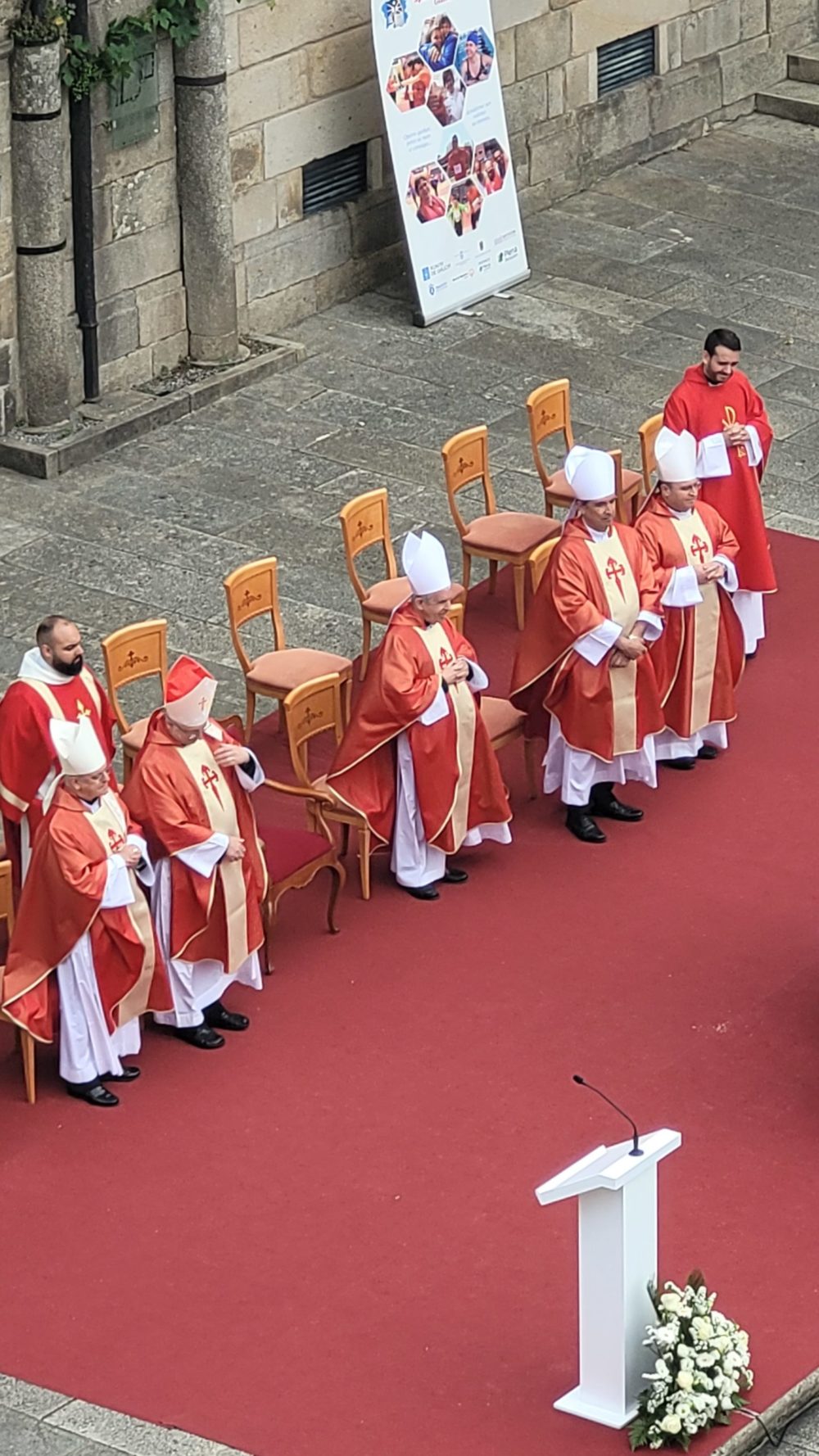
Along the way we visited villages, hotels, hostels/refugios, churches, monasteries, cathedrals, and each time managed to get a stamp in our Camino Passport. We bought biscuits from a closed order of nuns and swam in the Cantabrian Sea. We saw fake dinosaurs in the Museo Jurasscio, found an Irish bar in Asturias and stayed in a castle in Vilalba. The one thing I learned from my trip is that the Camino to Santiago is what you make of it yourself, it is a personal journey.
Are you planning a Camino journey? See Traveltimes tips here.
Buen Camino.

